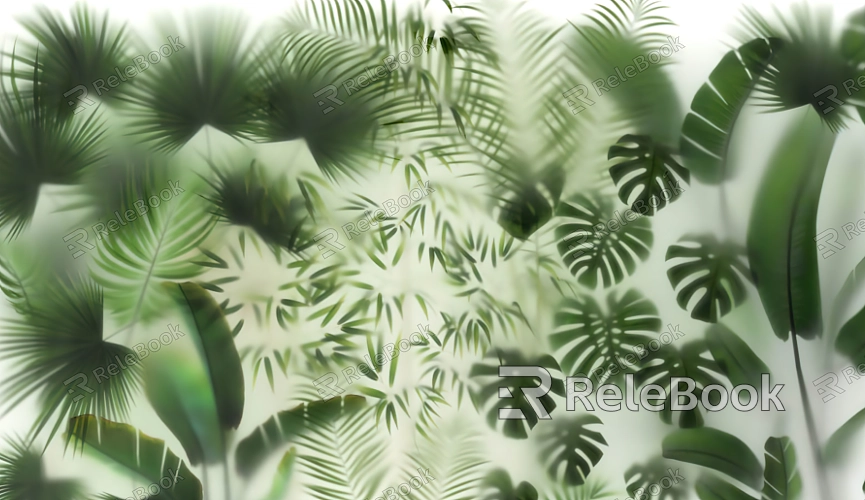How to 3D Texture with Transparency in Mata
Handling the transparency of textures is a crucial aspect of enhancing visual effects, particularly in game development and animation. The application of transparent materials is widespread and essential. Mata, as a powerful tool, offers various functionalities for processing 3D textures, especially in adjusting transparency, enabling designers to achieve more refined visual outcomes. This article explores effective ways to utilize transparency in Mata for 3D texture processing, applicable across various 3D software environments, ultimately helping designers improve the quality of their work.

Understanding the Importance of Transparency
Transparency plays a pivotal role in 3D models. It not only affects the appearance of objects but also interacts with lighting, shadows, and reflections in a scene, creating a more realistic visual experience. Common applications include natural elements like water surfaces, glass, and leaves, all of which rely on transparency to convey their characteristics.
Creating Transparent Materials
To begin in Mata, create a new material. Within the material editor, select the appropriate base material type. Next, locate the transparency settings, typically found in the "Alpha" channel. Adjusting this parameter directly influences the material’s transparency. Ensure you choose the right blending mode, such as "Alpha Blend" or "Additive," which determines how the material interacts with the background.

Controlling Transparency with Texture Maps
Incorporating texture maps allows for more complex transparency effects. Connect the texture to the "Alpha" channel in the transparency settings. Designers can use black-and-white texture maps, where black areas are completely transparent and white areas are fully opaque. By tweaking these textures, you can precisely control the transparency of different regions. Mata supports various texture formats, allowing designers to select textures that best fit their needs.
Interaction of Lighting and Transparency
The lighting model in Mata significantly impacts how transparent materials appear. It's essential to select the right light source settings to ensure transparent materials look good under various lighting conditions. Utilize shadow settings to ensure transparent objects cast correct shadows, enhancing the scene's realism.
Post-Processing and Optimization
After handling transparency, it’s advisable to conduct post-processing optimization. You can use Mata’s post-processing features, such as "Bloom" and "Anti-Aliasing," to enhance the overall appearance of the materials. Monitor rendering performance to ensure that transparent materials do not hinder performance. Adjust transparency and material settings as needed to find a balance between aesthetics and performance.
Debugging and Iteration
In practice, the effects of transparent materials may not always meet expectations. Designers should frequently preview and debug within Mata, observing results and iteratively optimizing their work. Applying different transparency settings to sample models allows for direct comparison of effects, facilitating the quick identification of the best solutions.
Using transparency for 3D texture processing in Mata not only enhances visual effects but also boosts the realism of scenes. By grasping the importance of transparency, creating transparent materials, utilizing texture maps, considering the interaction of lighting, and performing post-processing and optimization, designers can achieve the desired results in their projects. Mastering these techniques can elevate your 3D work to a more professional level, attracting more viewers' attention.
If you’re looking for high-quality 3D texture resources, SketchUp models, or 3ds Max models to create models and virtual scenes, Relebook offers a wealth of options to help you achieve outstanding visual effects in your projects.

